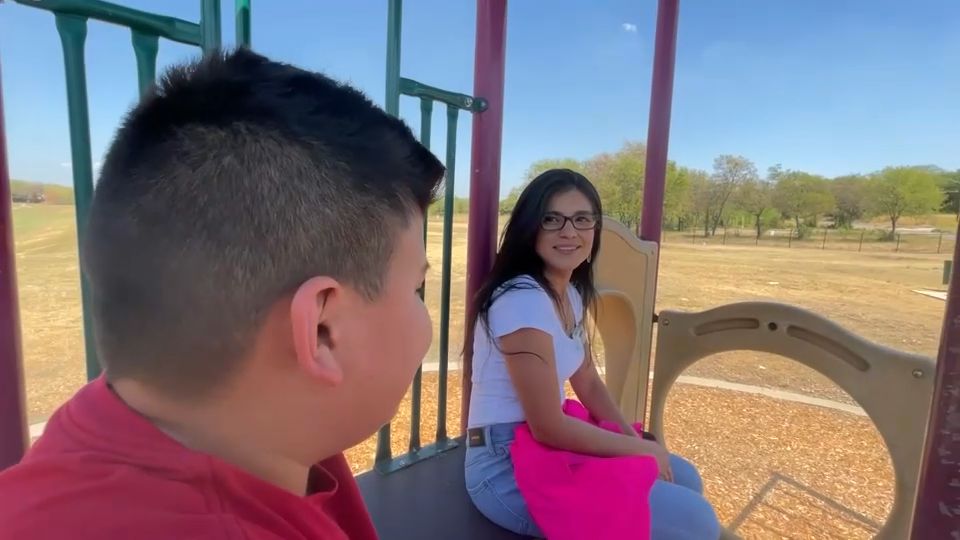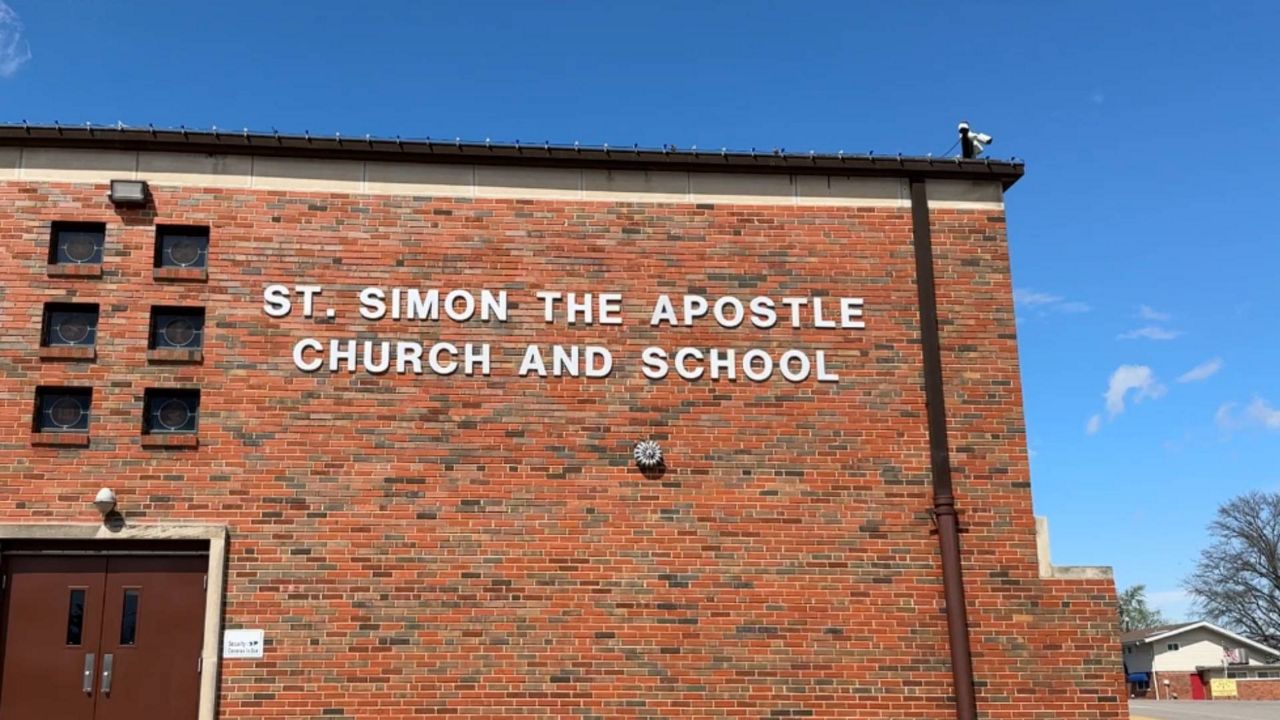COLUMBIA, Mo. – When you think of bullying, name calling and physical aggression often come to mind, however, a new study from the University of Missouri found social exclusion is the most common form of bullying.
The new study looked at the damaging social and emotional toll caused by “relational aggression,” which researchers say is the most common form of bullying, according to a press release from the school.
Relational aggression involves socially excluding peers from group activities and spreading harmful rumors, according to the study.
Chad Rose, the director of the Mizzou Ed Bully Prevention Lab and an associate professor at the College of Education, was a researcher on the study.
“Previous studies suggest when a kid is excluded from social activities by their peers at school, the outcomes for that kid both short-term and long-term will be just as detrimental as if they got kicked, punched or slapped everyday. So this study sheds light on the social exclusion youth often face,” said Rose.
The study analyzed survey results of a broader school climate assessment conducted at 26 middle and high schools across five districts in the southeastern United States. The more than 14,000 students were asked questions reflecting pro-bullying attitudes, perceived popularity and relational aggression.
Here is an example of the survey statements:
“A little teasing does not hurt anyone,”
“I don’t care what mean things kids say as long as it’s not about me,”
“In my group of friends, I am usually the one who makes decisions”
“When I am mad at someone, I get back at them by not letting them be in my group anymore.”
Rose said kids that perceive themselves as socially dominant or popular endorse pro-bullying attitudes, yet they don’t perceive themselves as engaging in relational aggression.
There was another group that did not perceive themselves as socially dominant or popular, but they endorsed pro-bullying attitudes and engaged in relational aggression possibly in an attempt to jockey for the position of being more socially dominant and climb the social hierarchy.
The study found there was also a group known as non-aggressors or bystanders. Rose said this group often perpetuates bullying by serving as social reinforcers.
“We teach the famous tagline, ‘See something, say something,’ but in practice, it is hard for kids to intervene and assess conflicts quickly – it’s hard even for adults. If we see two kids in a physical fight, we feel an obligation to break it up. But when we see kids being excluded by their peers, adults don’t always seem to view it as equally damaging, and that’s the scary part,” explained Rose.
He encourages teachers, parents and the community to assist at-risk youth by celebrating their individuality and weave it into the messages they send children.
“When kids are in school, sameness often gets celebrated, but when kids grow up to become adults, individuality is what makes us stand out and excel in our jobs and in life,” Rose said.
He also says if children aren’t taught the skills to effectively communicate their thoughts, wants and needs, they may be more likely to show aggressive behavior, and although not all kids have to be friends, showing respect to all is essential.
“Bullying does not begin or end with the school bells, it is a community issue,” Rose said. “I think, as adults, we have to be more aware of what we’re teaching our kids in terms of how we interact socially, as schools are a reflection of our communities.”









